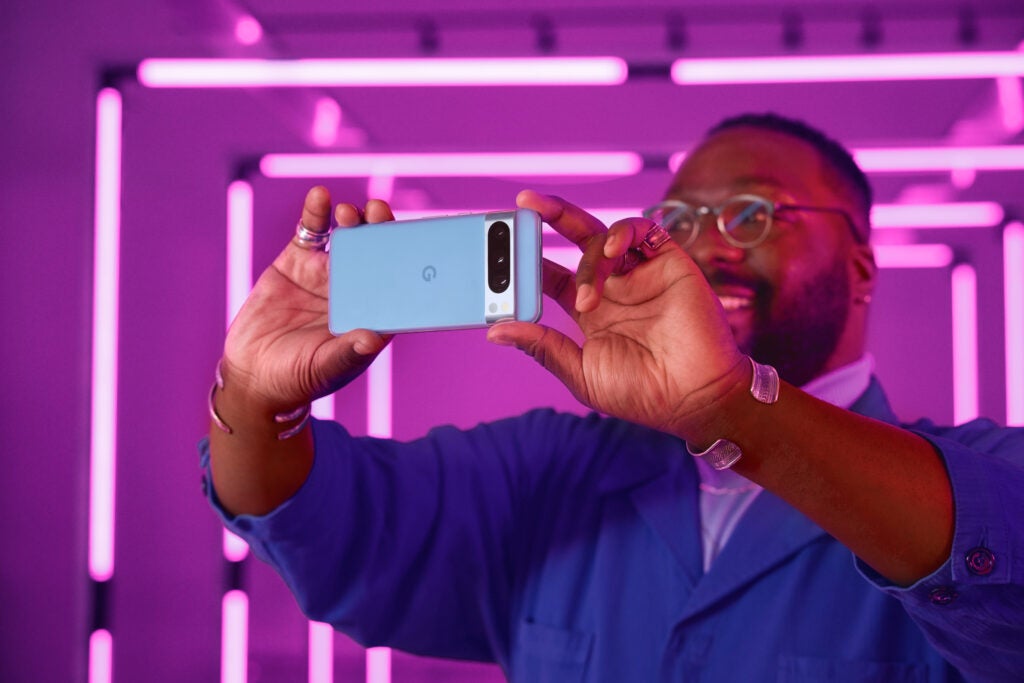Google finally announced its brand-new Pixel 8 and Pixel 8 Pro handsets, which come with a swath of features, including Super Res Zoom.
We’ve all been waiting on tenterhooks for Google’s latest Pixel event, and the company has finally revealed the latest Pixel 8 and Pixel 8 Pro to the public.
These new handsets come with a wide array of features, from Audio Magic Eraser to the titular Super Res Zoom. Many of these new features are enabled by the latest Google Tensor G3 chipset, the latest addition to the Google Tensor family, which seems to be the most powerful of the bunch.
Today, we want to focus on Google’s Super Res Zoom feature. We’re going to be running over what it is, how it works and which devices it’s supported on, so you know exactly what to expect from the latest Pixel handset.
What is Google’s Super Res Zoom?
Super Res Zoom is not a new feature, launching with the Pixel 3 in 2018. The technology has only gotten better over the years and brings together a mix of hardware, software and machine learning smarts.
Google claims that Super Res Zoom uses the camera’s digital zoom to capture multiple photos at different zoom levels. This is then combined into a single image and aligned to create one perfect photograph. Google’s own machine learning algorithm then steps in to use Fusion Zoom to ensure the image is high-resolution and crisp to the eye.

The software also uses HDR+ with Bracketing to help merge images taken at different exposures. This should ensure the best lighting and detail, combining all the best parts of each picture taken rather than sacrificing one image for another. HDR+ with Bracketing also automatically turns itself on when you use any level of zoom, so you don’t need to prompt the software.
Overall, Google’s Super Res Zoom helps to make your photos crisper, more detailed and better lit when you’re using the zoom feature.
Which devices come with Google’s Super Res Zoom?
All Pixels since the Pixel 3 come with Super Res Zoom. This includes the latest Pixel 8 and Pixel 8 Pro, and we expect that the updated camera and new Google Tensor G3 chipset will provide an even better experience when using the feature.




